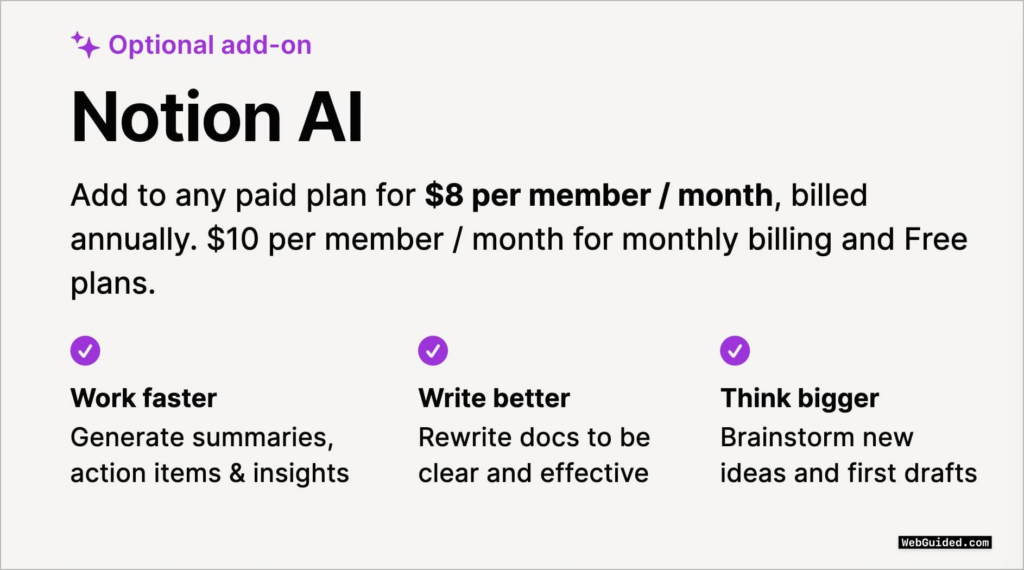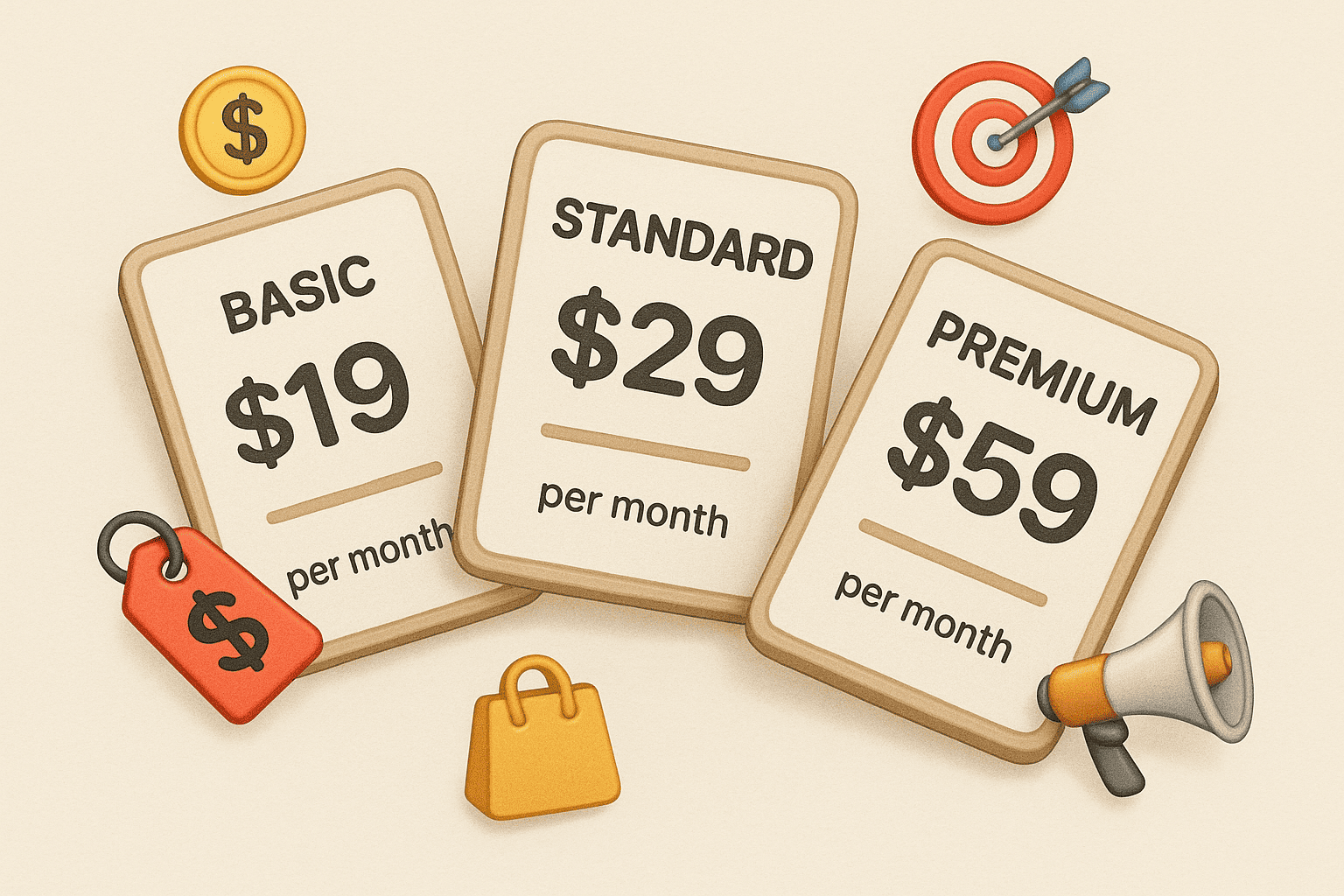As AI continues to reshape the SaaS landscape, selecting the right pricing model becomes crucial. The traditional per-seat subscription model, while familiar, may not align with the dynamic nature of AI usage. Let’s delve into three prevalent pricing models, their advantages, drawbacks, and real-world examples.
Standard SaaS Subscription (Per Seat)

Overview: A fixed monthly fee per user, offering predictability and simplicity.
Pros:
- Predictable Revenue: Ensures consistent cash flow, aiding in financial forecasting.
- Ease of Implementation: Simple for customers to understand and for companies to manage.
Cons:
- Limited Flexibility: Doesn’t account for varying usage levels among users.
- Potential Underutilization: Customers may pay for seats they don’t fully utilize.
Example: Notion AI offers its AI features as an add-on at $10 per member per month, regardless of usage volume.
Modular Pricing

Overview: Allows customers to pay for specific features or modules they use, offering a customizable experience.
Pros:
- Customization: Customers can tailor their subscriptions to fit their needs, potentially increasing satisfaction.
- Scalability: Easier to upsell additional modules as customer needs grow.
Cons:
- Complexity: Can be confusing for customers to understand different modules and pricing.
- Implementation Challenges: Requires robust tracking and billing systems.
Example: ProdPad employs a modular approach, allowing users to select and pay for specific features they need.
Usage-Based Pricing

Overview: Customers are charged based on their actual usage, such as API calls or data processing.
Pros:
- Usage Alignment: Customers pay for what they use, which can be cost-effective for varying usage patterns.
- Encourages Efficiency: Incentivizes users to optimize their usage to conserve credits.
Cons:
- Unpredictable Costs: Customers may find it hard to predict monthly expenses.
- Potential for Overuse: Without careful monitoring, users might exhaust credits quickly, leading to dissatisfaction.
Example: OpenAI’s GPT models operate on a usage-based pricing model, charging users based on the number of tokens processed.
Final Thoughts
Choosing the right pricing model depends on your product’s nature and your customers’ preferences. While the standard subscription model offers simplicity, modular pricing provides flexibility, and usage-based pricing aligns costs with actual consumption. Evaluate your product’s features and customer behavior to select a model that balances value for both your business and your customers.





